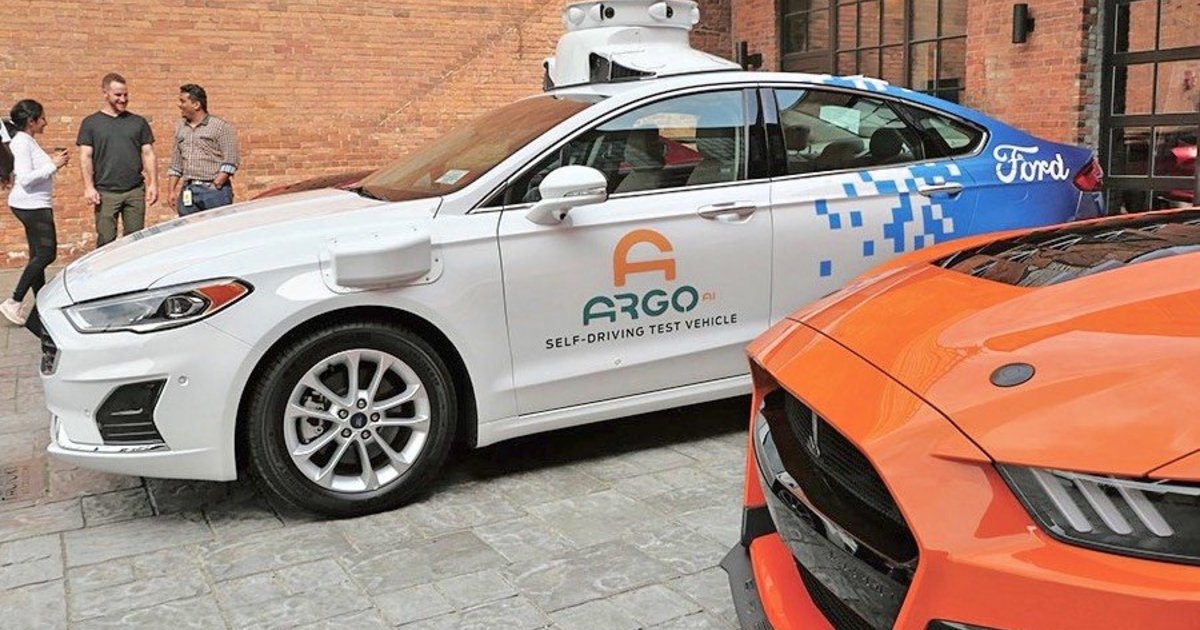
TRAVERSE CITY, Mich. — Greg Brannon’s message to the auto industry is probably not what many technology suppliers want to hear these days.
It’s that the industry’s race to fully automated driving is misguided, and most consumers don’t want it.
Brannon, director of automotive engineering and industry relations for the membership-based driver services organization AAA, brought his argument to the Center for Automotive Research’s Management Briefing Seminars here this week, where automated driving is a hot topic.
“There’s just no business case for full autonomy for individual ownership,” Brannon said during the event. “What we’re trying to say is, let’s do a better job of the safety technologies that people can go out and purchase today, the features they really want and are willing to pay for.”
Brannon told the audience that his blunt view was not merely his own. A survey of AAA’s 62 million members found that 77 percent of respondents said they wanted safer vehicles, but only 18 percent wanted a self-driving capability.
“We have some sway with regulators,” he said of AAA. “If we can raise the bar, it’s a good thing for safety.”
AAA is an advocacy organization. Officially, it supports the development of automated vehicles, but the group has been critical of the process to date.
“Even for Level 2 autonomy, there’s no standard of safety for how it’s supposed to work,” he said of the early-stage partial driving automation called advanced driver-assistance systems. In those systems, a vehicle can control both steering and acceleration and deceleration.
“Just because you can pass a very low bar of a standardized test for a particular system does not mean that it’s effective,” he said.
Despite the organization’s resistance, Brannon said the industry should keep working on full autonomy — just not for passenger vehicles. For fleets, it makes more sense, he said.
“The idea that the individual will someday be able to go out and buy a fully autonomous personal vehicle is probably flawed. If that owner doesn’t maintain it, doesn’t maintain the tires, for example, and the car crashes and kills somebody as a result, who’s liable for that?
“It only makes sense in the fleet environment, where the fleet owner and the manufacturer can work hand in hand to make sure the technology is maintained.”